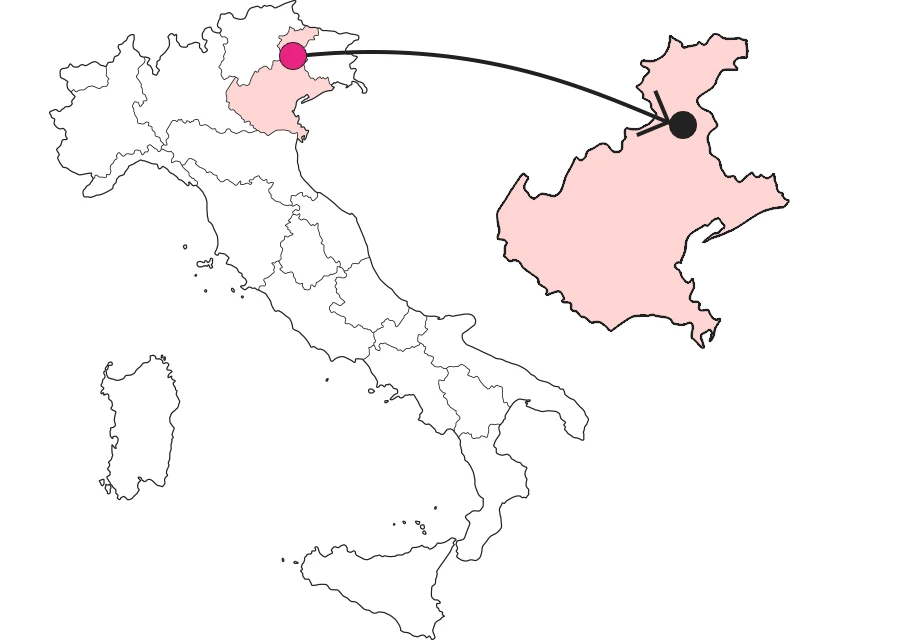SHARRYLAND


In Zoppè di Cadore, the Pala di Sant'Anna
Titian's Altarpiece, between heaven and earth



Where is

What it is and where it is
Zoppè di Cadore boasts several firsts: it is the smallest, highest and least populated municipality in the province of Belluno, of which it is a part. Its church, dedicated to St. Anne, was built between 1530 and 1540. Initially it was very small, barely a chapel, but over the centuries it was enlarged, giving it a harmonious and simple appearance. The white facade, narrow and slender, rises skyward, accompanied by the bell tower. Inside are several works of art. The one that catches the eye most of all is, of course,the altarpiece. The St. Anne altarpiece depicts the Saint, seated at the foot of a throne. At her sides are Saints Paul and Jerome. The second level of the altarpiece depicts the Virgin seated on a throne holding the infant Jesus. This pyramidal construction picks up on the upward movement anticipated by the facade and represents the intercession of the Saints toward Our Lady and Jesus.
Why it is special
As much as the figure with the strongest visual impact is the Madonna, it is St. Anne who is the real focus of the altarpiece. Her face is in the perfect center of the painting, lower than the heads of the two Saints. The scene can be divided into three vertical bands. The outer two occupied by St. Jerome on the right and St. Paul on the left. In the center, St. Anne below the horizon line and Our Lady above cancel the distance between heaven and earth by converging their gazes into the face of Jesus. This is the point where everything comes together. In this country where the mountains bring us closer to heaven, a mother's love elevates us to the divine.
A bit of history
It was Matteo Palatini, a wealthy notary of Pieve di Cadore, who wanted the construction of the church of St. Anne, and it was also he who wanted the altarpiece to be made by Titian. The work was in danger of being lost on several occasions: during the Napoleonic invasions it was detached, rolled up inside a hollow fir tree trunk and hidden in a woodshed. In 1896 a fire destroyed many houses in the village of Bortolot and also damaged the church. Fortunately, the altarpiece remained unharmed. Certainly these adventures did not benefit it. In the first half of the 20th century the church and the altarpiece were restored, but it was the 2007 intervention that restored it to its proper splendor.
Trivia
It would seem that the patron Matteo Palatini and the painter Tiziano Vecellio were united by a personal affection. In fact, the notary is said to have been a close friend of Titian's grandfather, Count, and the two, together, are said to have made great contributions to the defense of Cadore from the attacks of Emperor Maximilian of Habsburg. The familial love depicted in the altarpiece would thus also present itself as a transposition into art of a deep personal affection.
Enter the Map of Italy's Undiscovered Wonders and find treasures where you least expect it... Inspire, Recommend, Share...
Contact
Collections
The Map thanks:
Enter the Map of Italy's Undiscovered Wonders and find treasures where you least expect it... Inspire, Recommend, Share...
Where is

Contact
Collections

